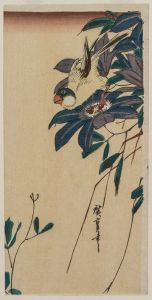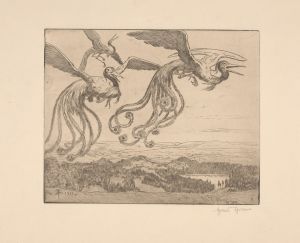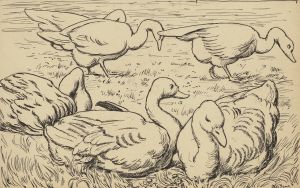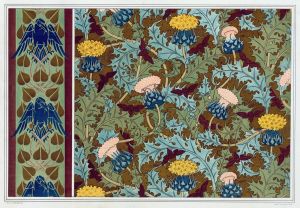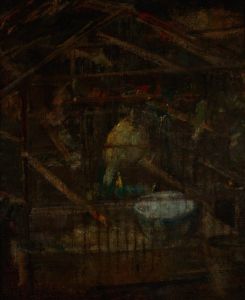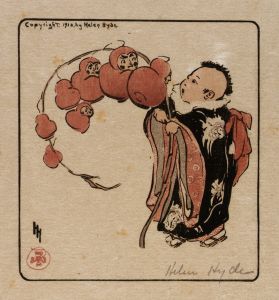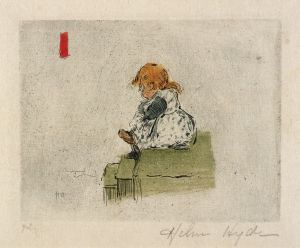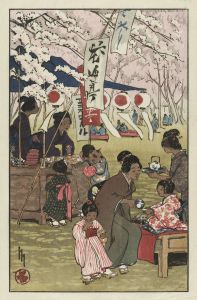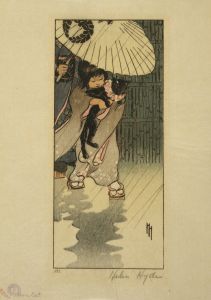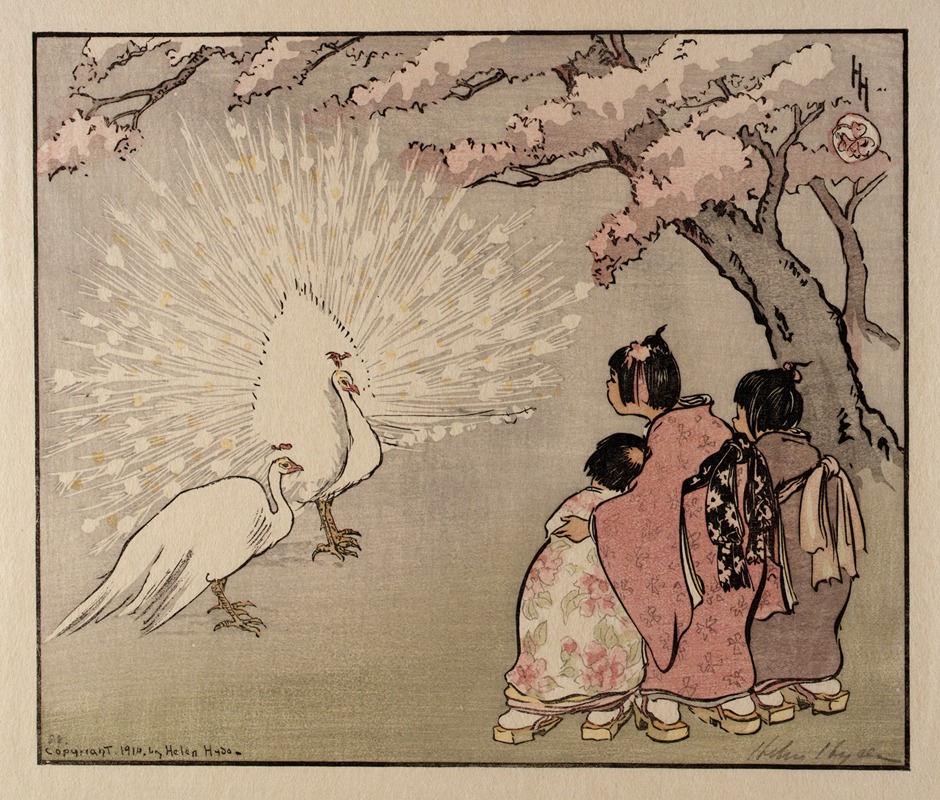
The White Peacock
A hand-painted replica of Helen Hyde’s masterpiece The White Peacock, meticulously crafted by professional artists to capture the true essence of the original. Each piece is created with museum-quality canvas and rare mineral pigments, carefully painted by experienced artists with delicate brushstrokes and rich, layered colors to perfectly recreate the texture of the original artwork. Unlike machine-printed reproductions, this hand-painted version brings the painting to life, infused with the artist’s emotions and skill in every stroke. Whether for personal collection or home decoration, it instantly elevates the artistic atmosphere of any space.
Helen Hyde (1868–1919) was an American artist known for her work in printmaking, particularly in the medium of color woodcuts. She was part of the Arts and Crafts movement and was heavily influenced by Japanese art, which she studied during her time in Japan. Hyde's work often depicted scenes of everyday life, particularly focusing on women and children, and she was instrumental in popularizing the Japanese woodblock print style in America.
"The White Peacock" is one of Helen Hyde's notable works, created during her career when she was deeply influenced by Japanese aesthetics. This piece exemplifies her skill in combining Western and Eastern artistic traditions. Hyde's time in Japan, from 1899 to 1914, was crucial in shaping her artistic style. She studied under the tutelage of Japanese masters such as Kano Tomonobu and was influenced by the ukiyo-e tradition, which is evident in her use of color and composition.
In "The White Peacock," Hyde employs the traditional Japanese woodblock technique, which involves carving an image into a block of wood, inking it, and then pressing it onto paper. This method allows for the creation of multiple copies of the same image, which was a common practice in Japanese printmaking. The subject matter of the white peacock is significant in both Western and Eastern cultures, often symbolizing beauty, grace, and immortality. Hyde's depiction of the peacock is delicate and detailed, showcasing her ability to capture the intricate patterns of the bird's plumage.
Hyde's work is characterized by her attention to detail and her ability to convey a sense of tranquility and harmony. In "The White Peacock," she uses a limited color palette, which is typical of Japanese prints, to create a serene and balanced composition. The use of soft colors and subtle gradations adds depth and dimension to the image, drawing the viewer's eye to the central figure of the peacock.
Helen Hyde's contributions to the art world were significant in bridging Eastern and Western art forms. Her works were exhibited widely in both the United States and Europe, earning her recognition and acclaim. She was a member of several art societies, including the Chicago Society of Etchers and the California Society of Etchers, and her prints were collected by major institutions such as the Library of Congress and the Smithsonian American Art Museum.
"The White Peacock" is a testament to Hyde's mastery of the woodblock print technique and her ability to blend cultural influences into her art. Her work continues to be appreciated for its beauty and technical skill, as well as its role in the cross-cultural exchange between East and West during the early 20th century. Helen Hyde remains an important figure in the history of American printmaking, and her legacy is preserved through her exquisite prints that continue to captivate audiences today.





